January and February might feel too early for gardening in many regions, but in frost-free areas, these months can be the quiet beginning of a vibrant growing season.
For herbs, it’s a sweet spot: mild temperatures, gentle sunlight, and just enough time for seedlings to take root before spring’s growth rush. Starting now gives you fresh, fragrant leaves right when you crave something green.
If you’ve been dreaming of an herb garden, this is your moment. These eight herb seeds are not only easy to grow but also rewarding, bringing flavor, aroma, and charm to your kitchen and garden.
A handful of soil, a little care, and you’ll soon have plants ready to harvest.
#1 Oregano
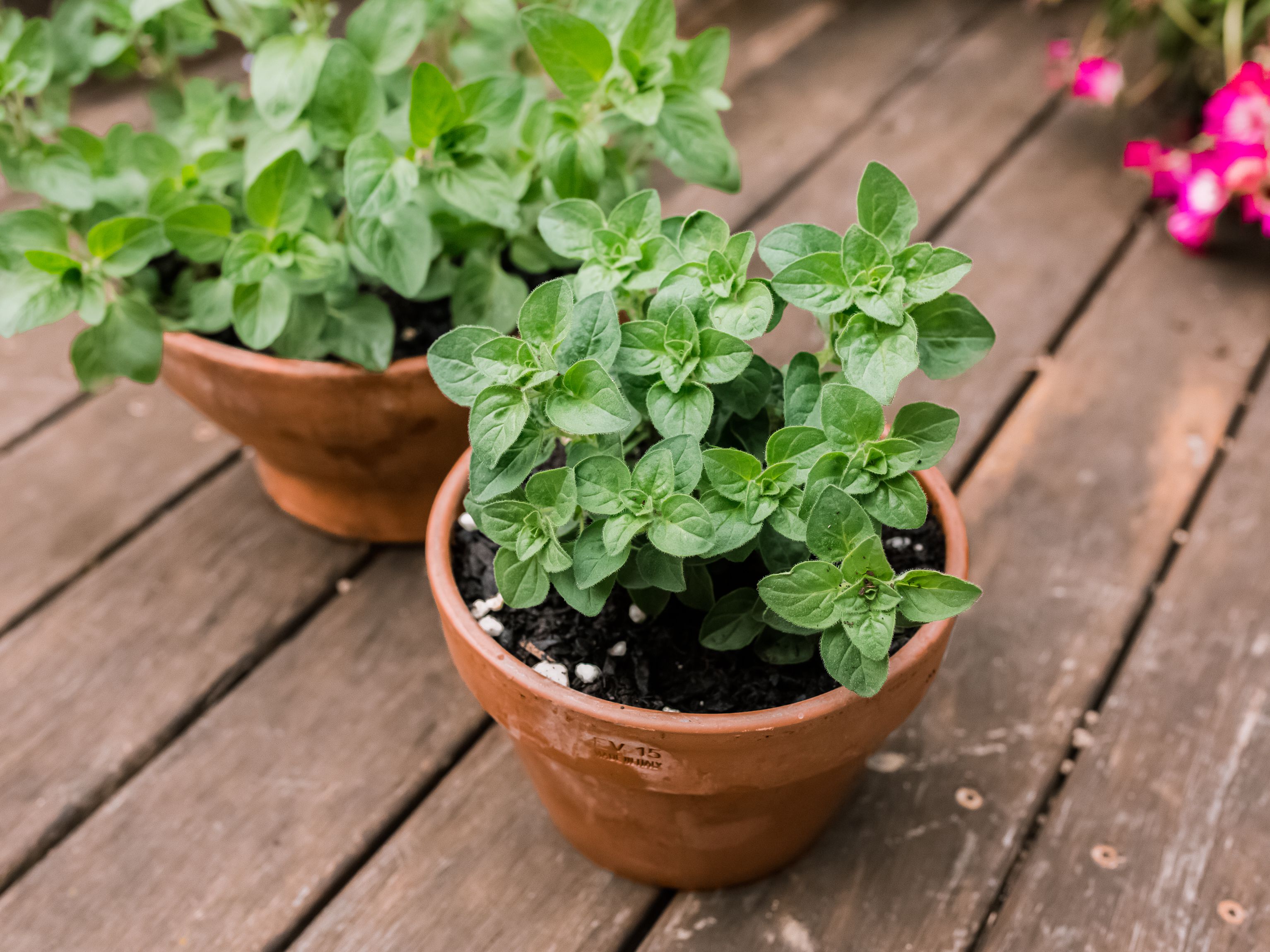
Oregano seeds are tiny and light-sensitive, so they germinate best when sitting right on the surface of damp seed-starting mix. A light mist of water helps them settle, and covering the container with plastic wrap keeps the humidity steady.
Once the first green shoots appear, the cover can be removed to let them breathe. A sunny windowsill or a bright corner will keep them growing strong. You’ll notice the leaves quickly take on that familiar, rich aroma.
#2 Parsley
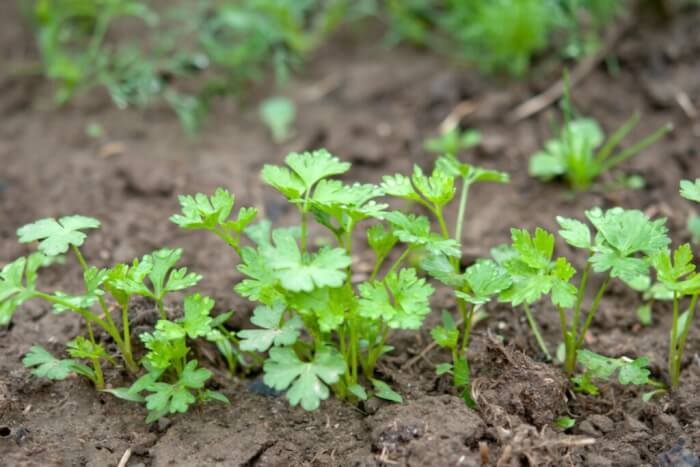
Patience pays off with parsley since its seeds can be slow to wake. Soaking them in water for 8–12 hours before planting softens the seed coat and encourages faster sprouting.
Keeping the soil moist and warm will help them along. A little humidity speeds the process, so covering with a clear dome works well. Once the seedlings are up, they stay green and fresh for months.
#3 Lemon Balm
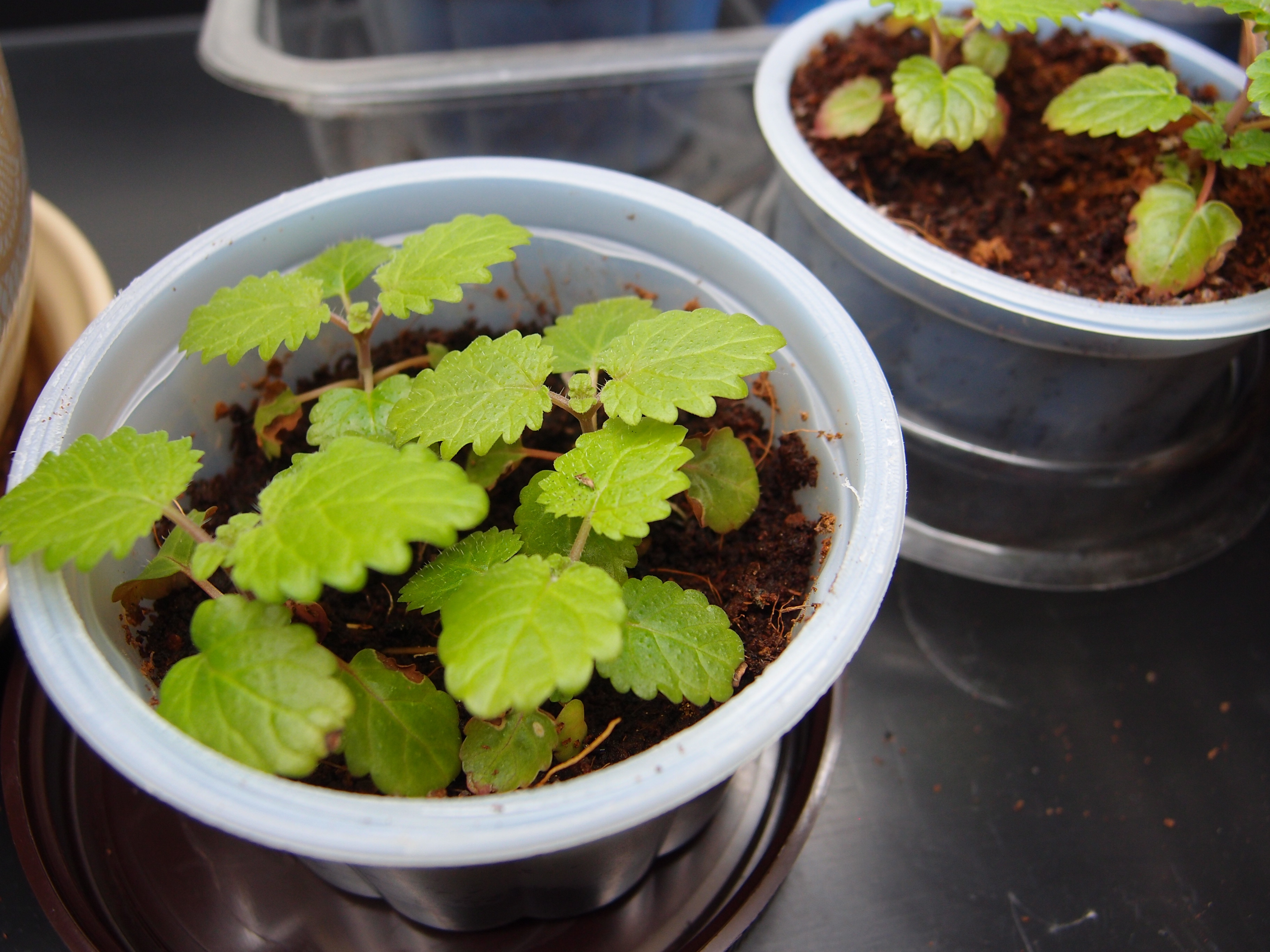
Lemon balm seeds need light to start, so they grow best uncovered on the surface of moist soil. They usually take a couple of weeks to appear, and gentle warmth speeds germination.
Indoor sowing in a bright spot ensures the leaves develop a strong lemon scent early on. Once they’re ready, the plants fill out with soft, aromatic foliage. Their fresh leaves are perfect for teas or garden borders.
#4 Basil
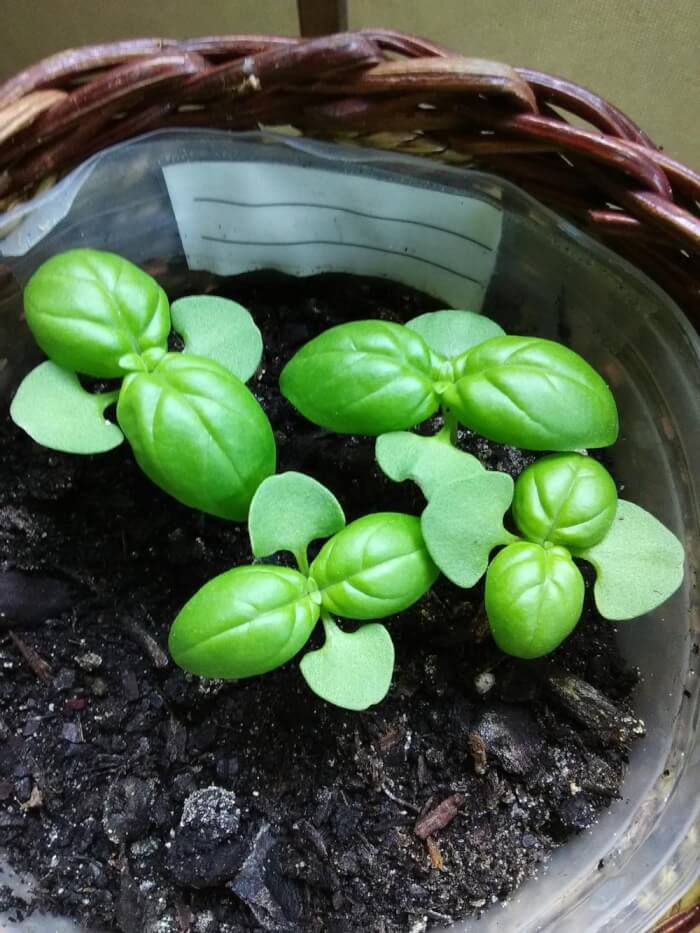
Basil loves warmth, so a cozy environment around 70 degrees helps seeds sprout in less than a week. Moist soil and consistent light keep the young plants sturdy.
Once the seedlings appear, they thrive near a sunny window or under grow lights. As they mature, the leaves develop that sweet, peppery fragrance. Pinching the tips encourages fuller growth and more harvests.
#5 Sage
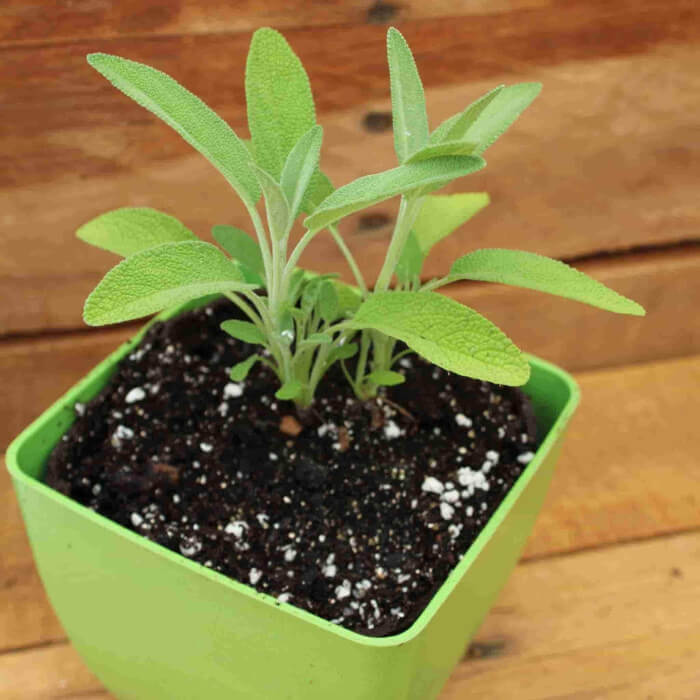
Sage seeds respond best when planted on top of the soil, as they need light to germinate. A 12-hour soak in water beforehand helps them break dormancy.
Consistent warmth and gentle watering support slow but steady sprouting. Over time, sturdy little plants emerge with soft, gray-green leaves. Once established, they keep producing flavor-packed foliage year after year.
#6 Chives
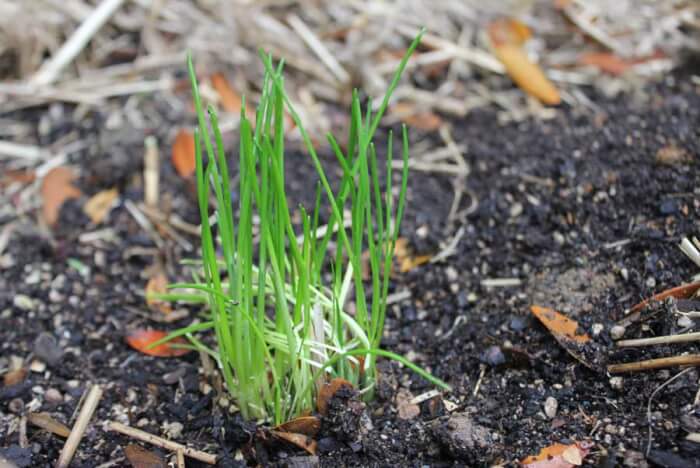
Chive seeds prefer darkness in their early stage, so covering them lightly with newspaper helps them germinate. In about two weeks, thin green shoots appear, signaling it’s time to move them into bright light.
They grow well in small pots or tucked into garden edges. Once mature, the plants send up fresh leaves again and again. Their mild onion flavor makes them a kitchen favorite.
#7 True Mint
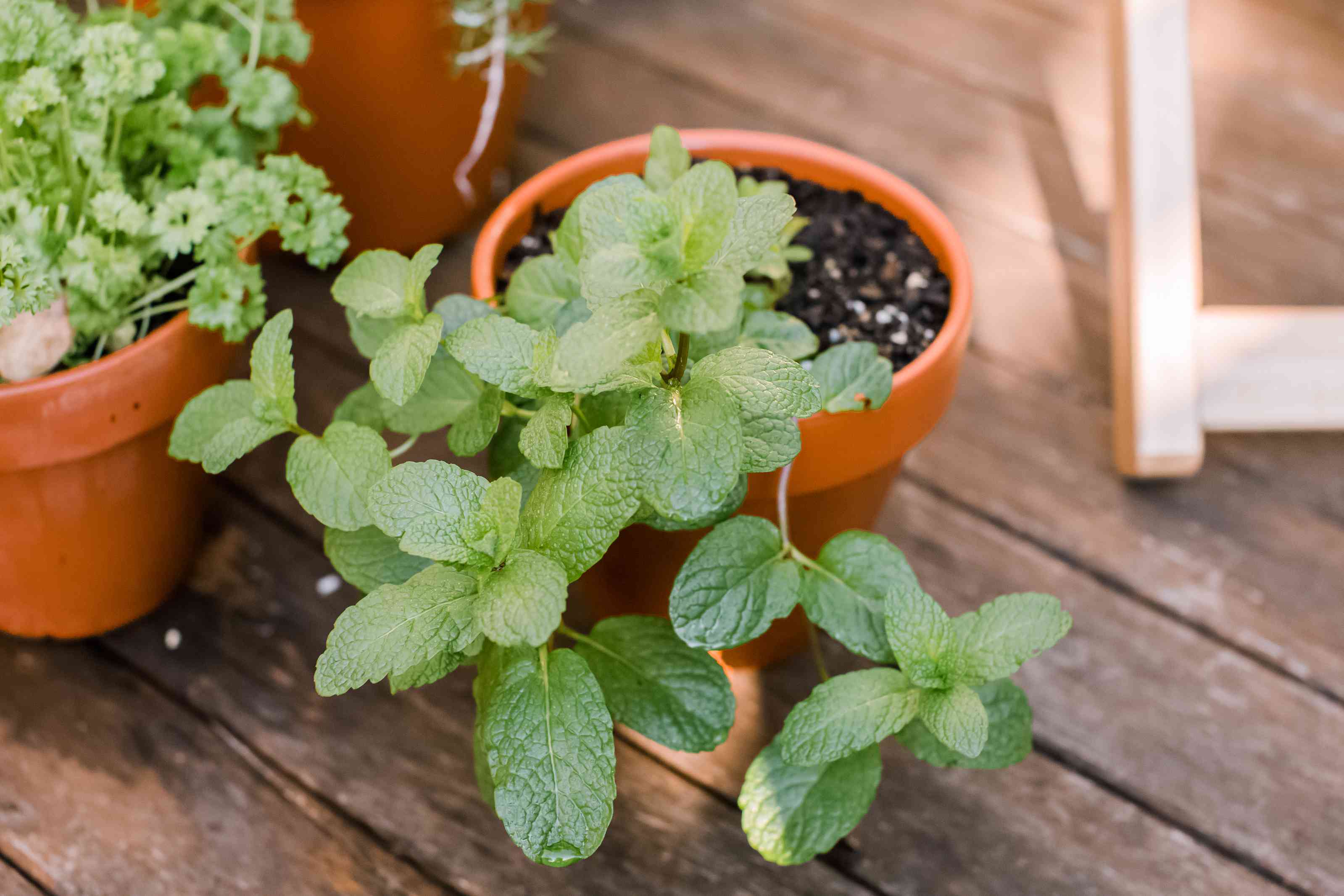
Mint seeds are slow starters and need light to germinate, so they rest uncovered on damp soil. A warm, humid environment helps them along during the two-week wait. Once sprouted, they fill out quickly with lush, fragrant leaves.
Growing them in containers keeps their roots in check and prevents spreading. Their fresh scent and flavor make them irresistible for drinks and desserts.
#8 Thyme
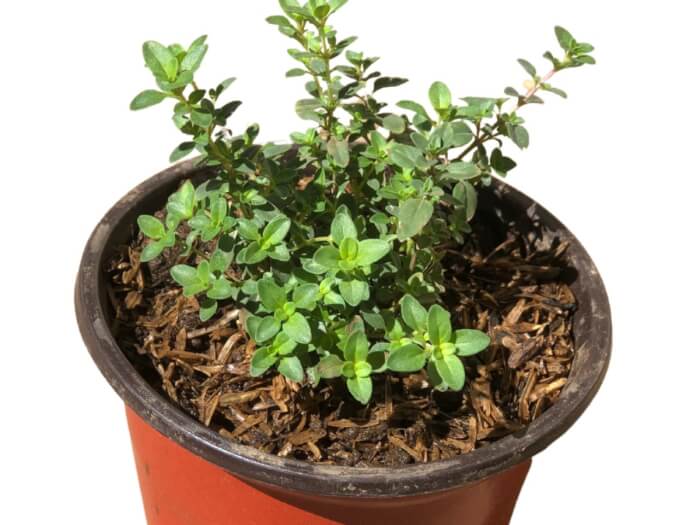
Thyme seeds vary in how quickly they germinate, sometimes taking only a week and other times stretching to nearly three months. A steady temperature between 60 and 70 degrees makes all the difference.
They appreciate light during germination, so planting them right at the surface works best. Once growing, they form neat, aromatic mounds that last through the season. Fresh or dried, the leaves bring depth to countless recipes.
